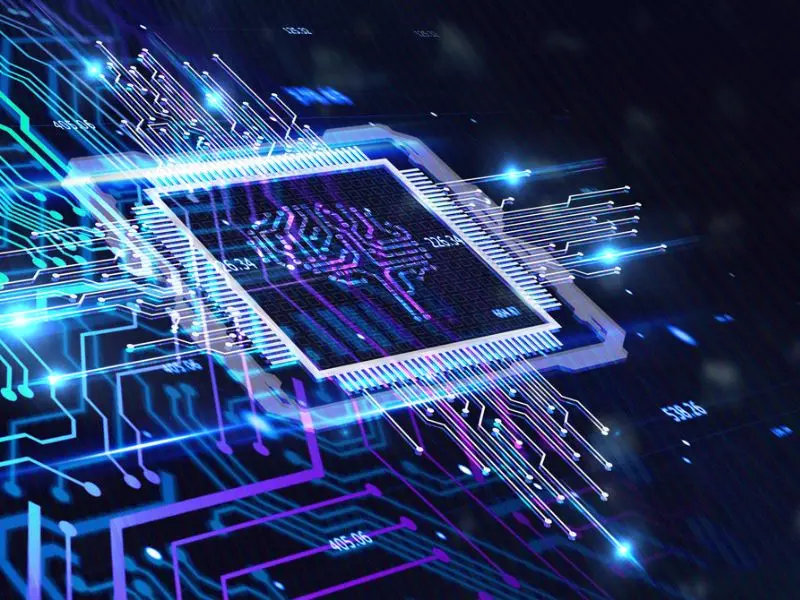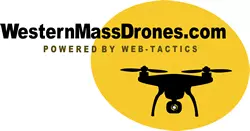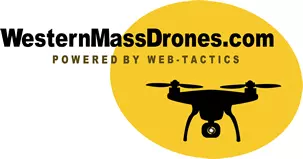Artificial Intelligence and Machine Learning in Drone Photography

However, the true potential of drone photography is being realized only now, as the latest technological advancements shape how these flying devices operate. Enter Artificial Intelligence (AI) and Machine Learning (ML) – two buzzwords that have been making waves across various sectors, and drone photography is no exception.
With their ability to learn, adapt, and make decisions AI and Machine Learning, are proving to be game-changers in enhancing the capabilities of drones. They bring to the table many improvements - from flight stability and obstacle avoidance to autonomous operation and precision in image capture. These advancements are not merely refining the quality of aerial images and videos but are also introducing a whole new level of efficiency and convenience in drone operations.
In this article, we will delve into the fascinating world of AI and Machine Learning in drone photography, explore how they're redefining the game's rules, and look at the future in this promising intersection of technologies.
Understanding Artificial Intelligence and Machine Learning
Artificial Intelligence, or AI, is a field of computer science that involves creating machines capable of mimicking human intelligence. Imagine a robot that can understand and respond to your commands, a computer program that learns from its mistakes and improves over time, or a smartphone app that recommends music based on your past listening habits. All these examples involve the application of AI.
In simple terms, AI enables machines to think, learn, and make decisions, often with impressive autonomy. It's like giving a brain to a machine, albeit a synthetic one. Machine Learning, on the other hand, is a subset of AI. It involves the development of algorithms that allow machines to learn from and make decisions or predictions based on data. Picture a self-driving car that gets better at navigating roads the more it drives or a spam filter that improves over time in filtering out unwanted emails. These are examples of machine learning in action.
The magic of machine learning lies in its ability to learn without being explicitly programmed to perform a specific task. Instead, it uses patterns and inference to improve its performance over time. Integrating AI and machine learning into various industries has been a game-changer, and photography is no exception. AI has enhanced image quality, performed complex editing tasks, and even recognized and categorized images in the photography industry. For instance, many modern smartphones and cameras use AI to detect faces or specific objects in a frame and adjust settings for optimal results.
On the other hand, machine learning can be used to analyze vast amounts of photographic data to identify patterns or trends, which can be especially useful in fields like wildlife or sports photography, where patterns in animal behavior or player movements can inform the timing and composition of shots.
The Role of AI and Machine Learning in Drones
Artificial Intelligence and Machine Learning have transformed the capabilities of modern drones. These technologies are used in various aspects of drone technology to enhance their performance and aerial photography abilities significantly.
Flight Stability:
By processing real-time data about wind speed, direction, and other environmental factors, AI algorithms help maintain the drone's stability, even in challenging conditions, ensuring the drone remains steady, leading to better quality photos and videos.
Obstacle Avoidance:
Advanced drones come equipped with sensors that feed data into an AI system. This system can identify potential obstacles and adjust the drone's flight path to avoid a collision. As a result, drones are now safer and more reliable than ever.
Autonomous Flight:
Thanks to AI and machine learning, drones can fly without manual control. They can follow pre-programmed flight paths, react to changing conditions, and even decide the best angles and positions for capturing images.
Impact on Image Capture and Quality
The impact of AI and machine learning on image capture and quality in drone photography cannot be overstated. These technologies have enabled drones to capture footage with unprecedented precision and accuracy. AI algorithms can analyze the scene below in real time and adjust the camera settings for optimal image quality. For example, they can automatically adjust exposure, white balance, and focus based on the lighting conditions and the photograph's subject.
Moreover, machine learning algorithms can learn from each photograph taken, improving their performance with each subsequent image. This means that the more images a drone captures, the better it becomes at capturing high-quality photos.
Real-World Applications and Case Studies
AI and machine learning in drone technology are not just theoretical concepts; they have practical applications already making a difference in the world. For instance, in agriculture, drones equipped with AI technology are used to monitor crops, identify potential issues such as disease or pests, and determine the optimal time for harvest.
A notable case study is using AI-powered drones in wildlife conservation efforts. These drones monitor wildlife populations, track their movements, and detect potential threats such as poachers. The AI system can analyze the drone's footage to identify specific animals and track their movements over time, providing invaluable data for conservationists.
Future Trends and Predictions
Experts predict advancements in AI technology will lead to drones that can make even more complex decisions independently, including identifying the best subjects for photography or choosing the optimal moment to capture a shot based on lighting, movement, and composition.
Another exciting development area is swarm technology, where multiple drones work together to perform tasks that could revolutionize drone photography by enabling the capture of complex, multi-angle shots that would be impossible for a single drone.
Conclusion
In conclusion, Artificial Intelligence and Machine Learning are revolutionizing drone photography. By enhancing flight stability, enabling obstacle avoidance, and improving image capture, these technologies are taking drone photography to new heights. As we look to the future, with continuous advancements in these technologies, the possibilities for what drones can achieve seem limitless. Integrating AI and machine learning in drones is not just a trend; it's a powerful evolution shaping the future of photography.

